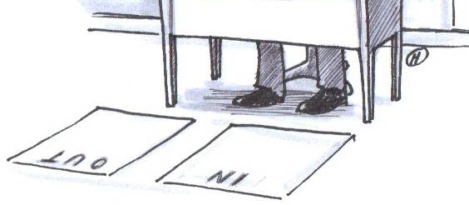May 17, 2017
Yes, facilities management press, your bum does look big in that 0
 I suspect we’ve all got one of those friends. Needy. Constantly seeking validation. Of a new partner. Of a new outfit. Of their choices for all aspects of their life. If the industry media and chatterati are to be believed, facilities management is becoming just such a friend. Handwringing articles asking how FM can best demonstrate the value it brings. In actual fact, the sector seems to be in robust good health. It benefits whatever way the market moves. New buildings means new work. Fewer new buildings means more attention required on ageing stock. Fadism and bandwagon jumping mean there’s constant changes to be made. All grist to the mill of the hardworking facilities management professional at the coalface.
I suspect we’ve all got one of those friends. Needy. Constantly seeking validation. Of a new partner. Of a new outfit. Of their choices for all aspects of their life. If the industry media and chatterati are to be believed, facilities management is becoming just such a friend. Handwringing articles asking how FM can best demonstrate the value it brings. In actual fact, the sector seems to be in robust good health. It benefits whatever way the market moves. New buildings means new work. Fewer new buildings means more attention required on ageing stock. Fadism and bandwagon jumping mean there’s constant changes to be made. All grist to the mill of the hardworking facilities management professional at the coalface.



























May 11, 2022
Facilities managers: you never noticed us because we did such a great job
by Simon Heath • Comment, Facilities management, Workplace design
More →